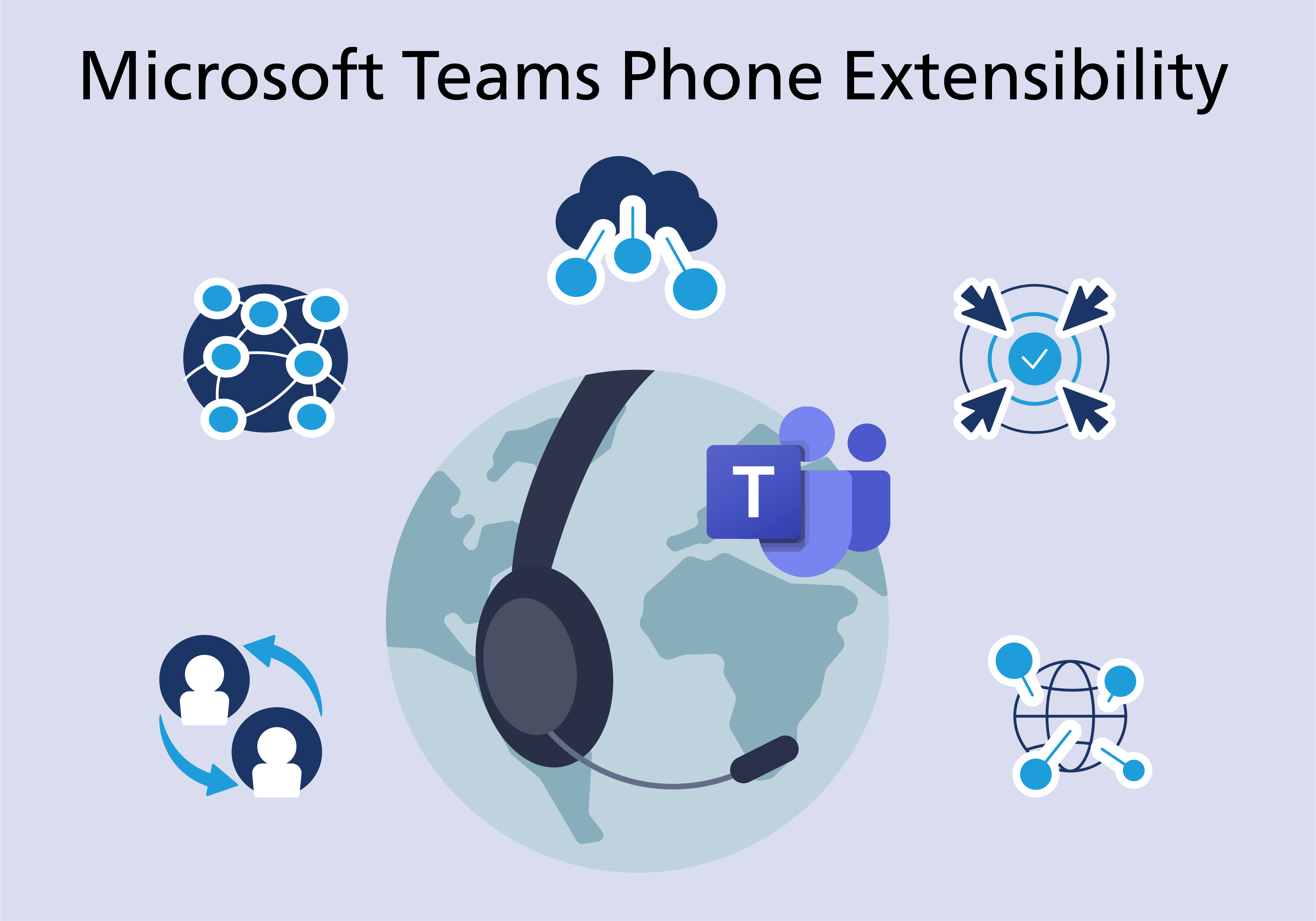The Rise of Remote Contact Centers: Leveraging Technology to Serve Global Customers
by Nicole Robinson | Published On December 14, 2023

With the prevalent interconnected global marketplace, the dynamics of customer service are shifting rapidly. Remote contact centers are emerging not just as a novel concept but as a critical component for businesses.
With increasing international trade and global markets operating round the clock, traditional contact centers grapple to keep pace. According to a Gartner survey in 2020, following the COVID-19 outbreak, nearly 75% of companies planned to shift at least some of their operations remotely, including customer service. This trend signifies a transformation driven by technological advances and a renewed focus on global customer service efficiency.
Traditional vs. Remote Contact Centers
Traditionally, contact centers operated in physical settings, often concentrated in urban hubs. Such centers were constrained by local talent pools, fixed operational hours, and rising real estate costs.
As the digital age dawned, businesses craved more agility and broader operational hours to serve an international clientele. With time, there was a notable decline in brick-and-mortar contact centers globally.
Remote contact centers surfaced as the strategic answer, offering businesses flexibility and access to diverse expertise. Agents can work from anywhere, thus breaking down the barriers of geographical limitations and allowing businesses to tap into global talent pools and offer around-the-clock services.
Technological Advancements Fueling the Rise of Remote Work
The technological backbone of remote contact centers is robust and multifaceted. Cloud platforms, such as Google Cloud and Microsoft Azure, offer secure and scalable infrastructure solutions. Their advanced encryption mechanisms and multi-layered security protocols ensure data integrity and confidentiality.
These platforms also come with built-in analytics tools, providing actionable insights for businesses to refine their customer service strategies.
They allow contact centers to manage vast amounts of data while ensuring seamless access to agents globally, offering an environment of high availability, reducing downtimes, and guaranteeing uninterrupted service.
Communication solutions like ice Contact Center have further integrated disparate communication channels, bringing them onto a unified platform. Beyond integration, solutions like this offer advanced reporting capabilities, allowing businesses to monitor, in real time, the effectiveness of their communication strategies and agent performances.
The evolution of VoIP and WebRTC technologies facilitates clear, reliable, and cost-effective communication, with features like noise cancellation, echo reduction, and dynamic bandwidth adjustment, ensuring optimal call quality.
Benefits of Remote Contact Centers

Opting for a remote work environment has truly transformed how businesses serve their customers in a globalized marketplace. Their defining strength lies in the following:
Flexibility and Operational Agility: Remote contact centers have the ability to scale up or down as market dynamics shift. Events like festive sales or product launches are no longer overwhelming, as businesses can handle surges seamlessly due to the elasticity of cloud infrastructures.
Financial Efficiency: With the pivot to remote setups, companies cut recurring costs tied to physical establishments, such as maintenance and amenities. Furthermore, Accenture underscores that transitioning operations to the public cloud can similarly result in a decrease in Total Cost of Ownership (TCO) by around 30-40%.
Global Talent Acquisition: A revolutionary shift in talent sourcing has taken place. Without geographical confines, companies can tap into a broader spectrum of highly qualified professionals worldwide.
Diversity in Customer Service Teams: Global recruitment results in customer service teams that are more varied than ever, adeptly mirroring the global clientele they serve and enriching interactions with cultural insights, thereby fostering enhanced empathy, better customer relations, and a richer understanding of diverse customer needs.
Managing a Distributed Workforce

Navigating through diverse time zones and understanding varied cultural contexts can pose operational challenges for global contact centers. Leading remote contact center technologies address these issues by offering seamless integration within unified communication clients, which allows for efficient routing of customer inquiries across time zones to available agents.
These technologies further ensure responses are culturally appropriate by providing real-time conversation analysis. They can detect shifts in a customer's tone or specific key phrases, enabling the system to offer proactive support and recommend immediate actions, such as escalation or redirection, ensuring communication remains sensitive to cultural nuances.
Moreover, supervisors benefit from timely alert notifications in centralized channels, enabling swift responses and decision-making. This agility is further strengthened with the provision to schedule and broadcast detailed reports within these channels, fostering transparency and collaborative discussions.
In situations where team-wide attention is required, interactions can be shared across the platform, empowering members to collectively address the concern. This level of integration ensures a cohesive workflow, maintains high service standards, and streamlines the challenges of managing a globally dispersed team.
Empowering Remote Agents with the Right Tools
The efficiency of remote contact centers rests on the tools agents have at their disposal. Integrated platforms enable agents to handle interactions within a unified environment.
It means an agent can manage phone calls, emails, chat messages, and social media inquiries all within a single interface rather than switching between different systems or applications. This streamlines processes and boosts efficiency.
AI provides several key benefits, including:
- Real-time guidance for agents, assisting them in handling complex customer interactions swiftly and confidently.
- Automated customer experience scoring, allowing for immediate quality assessment and actionable insights.
- Advanced diagnostic tools to pinpoint the root causes of customer issues, facilitating swift resolution and improving satisfaction.
Adopting these sophisticated tools, businesses guarantee consistent service quality and heightened customer satisfaction, irrespective of the agent's geographical location.
Conclusion
As we move forward, remote contact centers will be more than just a strategic choice; they'll be imperative for global success. Leveraging technology's newest advancements allows businesses to stay competitive and relevant, which is why it's crucial for companies to be agile, adapt to these changes, and integrate them into their operations.
They can position themselves to provide exceptional customer service across different geographies and time zones. For businesses eyeing the future, the mission is clear: innovate, adapt, and prioritize customer experience, setting the benchmark for global excellence.
Want to learn more about supporting your remote workers? Check out 6 ways you can support your contact center employees working from home.
More from our blog
 On Wednesday, September 16th, ComputerTalk presented the first of two Slice of ice (formerly Lunch and Learn) sessions devoted to navigating iceAdministrator. In this session, Training and Documentation Specialist, Kathika Uthayakumar provided an overview of iceAdministrator, discussed managing your contact...
On Wednesday, September 16th, ComputerTalk presented the first of two Slice of ice (formerly Lunch and Learn) sessions devoted to navigating iceAdministrator. In this session, Training and Documentation Specialist, Kathika Uthayakumar provided an overview of iceAdministrator, discussed managing your contact...
 Explore how Microsoft Teams Phone Extensibility transforms contact centers and learn how ComputerTalk delivers seamless, AI-ready integrations.
Explore how Microsoft Teams Phone Extensibility transforms contact centers and learn how ComputerTalk delivers seamless, AI-ready integrations.
 Cybersecurity is increasingly important in today’s digital age. Learn how to protect your customer data from cyberattacks.
Cybersecurity is increasingly important in today’s digital age. Learn how to protect your customer data from cyberattacks.

